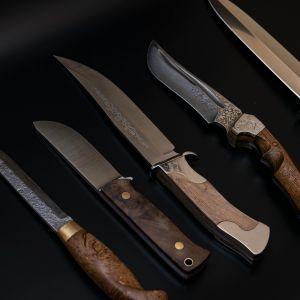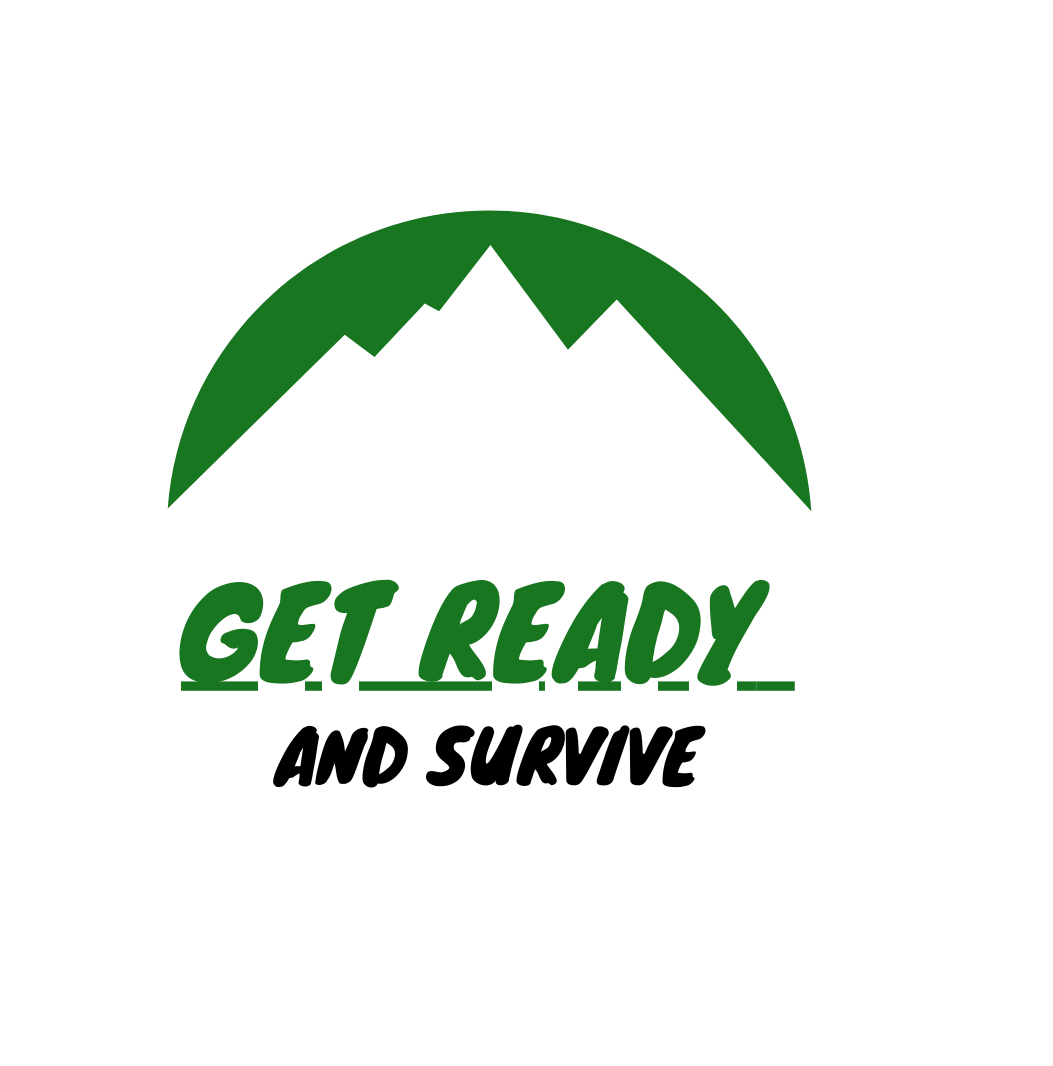When it comes to survival situations, having the right gear can mean the difference between life and death. Among the essential tools, a reliable survival knife stands out as a must-have for any prepper. Whether you're an experienced outdoorsman or new to prepping, selecting the right knife can be a daunting task. Here’s a guide to help you make an informed decision.
Understand Your Needs
Before diving into specifics, consider what you’ll primarily use the knife for. Survival knives are versatile tools, but different tasks require different features. Ask yourself:
- What environments will you be in? (e.g., wilderness, urban)
- What tasks will you perform? (e.g., carving, cutting, self-defense)
- What is your skill level? (e.g., novice, expert)
Blade Type and Material
The blade is the heart of any survival knife. Here’s what to consider:
Fixed Blade vs. Folding Blade: Fixed blades are generally more robust and reliable for survival situations due to their strength and ease of use. Folding knives are more compact but might not be as durable under extreme conditions.
Blade Material: Common materials include stainless steel, carbon steel, and high-carbon stainless steel.
- Stainless Steel: Resists rust and corrosion but may require more frequent sharpening.
- Carbon Steel: Holds an edge well and is easier to sharpen but can rust if not maintained.
- High-Carbon Stainless Steel: Offers a balance between durability, corrosion resistance, and edge retention.
Blade Shape: The shape of the blade affects its versatility.
- Drop Point: Versatile for general tasks.
- Clip Point: Ideal for precision tasks.
- Tanto: Excellent for piercing and tough materials.
- Serrated Edge: Useful for cutting through tougher materials like rope.
Handle and Ergonomics
The handle should provide a comfortable and secure grip. Look for:
- Material: Common materials include rubber, micarta, and G10. Each has its advantages in terms of grip and durability.
- Ergonomics: The handle should fit comfortably in your hand and allow for a firm grip. Check for features like finger guards and texturing.
Tang Construction
The tang refers to the portion of the blade that extends into the handle. Knives with a full tang (where the blade extends through the entire handle) offer superior strength and durability compared to partial tangs.
Blade Length
The length of the blade affects its utility. A common range for survival knives is between 4 to 7 inches. Longer blades can be more versatile but may be cumbersome. Shorter blades are easier to handle but might lack in certain tasks.
Additional Features
Some knives come with extra features that can be useful in survival situations:
- Integrated Tools: Some knives include additional tools like fire starters, sharpeners, or whistle functions.
- Sheath: A good sheath not only protects the blade but also offers convenience in carrying and accessing the knife. Look for sheaths made from durable materials with secure fastening systems.
Brand and Quality
Investing in a reputable brand can make a difference in the reliability and durability of your knife. Brands like Gerber, ESEE, Benchmade, and SOG are known for their high-quality survival knives. While these might be pricier, they often offer better performance and longevity.
Testing and Maintenance
Once you choose a knife, test it to ensure it meets your needs. Practice using it in various scenarios to get a feel for its performance. Regular maintenance, including sharpening and cleaning, is crucial to keep your knife in optimal condition.
Choosing the right survival prepper knife involves careful consideration of your needs, preferences, and the knife’s features. By understanding the different aspects of blade types, materials, handle design, and additional features, you can select a knife that will be a reliable companion in any survival situation. Remember, a well-chosen knife is not just a tool but a critical part of your preparedness strategy. Happy prepping!


